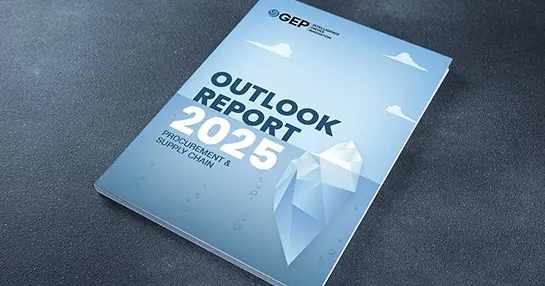What is Procurement Category?
Procurement categories are groups of related commodities or services that share demand and supply factors and suppliers. The categories differ depending on the size and kind of organization and the supply market.
Broadly speaking, a category is a group of related goods or services based on broadly similar characteristics, such as packaging category and energy category.
Why do Procurement Categories Exist?
Procurement categories have the potential to enhance procurement procedures and boost business efficiency. Procurement categories can help achieve the following:
- Create a focused procurement strategy for related goods/services
- Improve your understanding of your organization's procurement spending
- Produce substantial savings
- Make arrangements for aggregated supplies to cover a category of several transactions
- Instead of pursuing numerous vendors for different things, figure out how much your company spends on all stationery items and the type of items
An enterprise can reach an arrangement with one or a small number of vendors to fulfill its needs. This strategy can result in considerable savings and increased procurement efficiency.
Categories and Subcategories of Procurement
The procurement categories need to be broad enough to allow for competition in the market. Around ten broad categories should be enough to cover a large portion of your organization's spending. Where there is a requirement for additional differentiation, a variety of products or services may include subcategories, as follows:
Category
A set of commodities or services that share demand and supply factors and sources
Subcategory
A reasonable subgrouping of market/services/goods features within a category
Procurement categories with similar descriptions can further be divided into sub-categories based on unique characteristics of the materials.
Stay Ahead With Fresh Thinking and Insights
Explore the latest trends, technologies, and strategies in procurement and supply chain management. Dive into insight-packed white papers, research reports, case studies, and webcasts to stay informed and lead the way.

GEP Outlook 2025: Procurement & Supply Chain Key Trends, Challenges and Opportunities

World's Leading, Unified Source-to-Pay Platform for Direct and Indirect Spend Management
GEP SMART is an AI-powered, cloud-native source-to-pay platform for direct and indirect procurement. GEP SMART offers comprehensive source-to-pay functionality in one user-friendly platform, inclusive of spend analysis, sourcing, contract management, supplier management, procure-to-pay, savings project management and savings tracking, invoicing and other related functionalities.

Next-Gen, End-to-End Supply Chain Management Platform for the Connected Enterprise
GEP NEXXE is a unified and comprehensive supply chain platform that provides end-to-end planning, visibility, execution and collaboration capabilities for today’s complex, global supply chains. Built on a foundation of data, artificial intelligence and cognitive technologies, GEP NEXXE helps enterprises digitally transform their supply chains and turn them into a competitive advantage.




